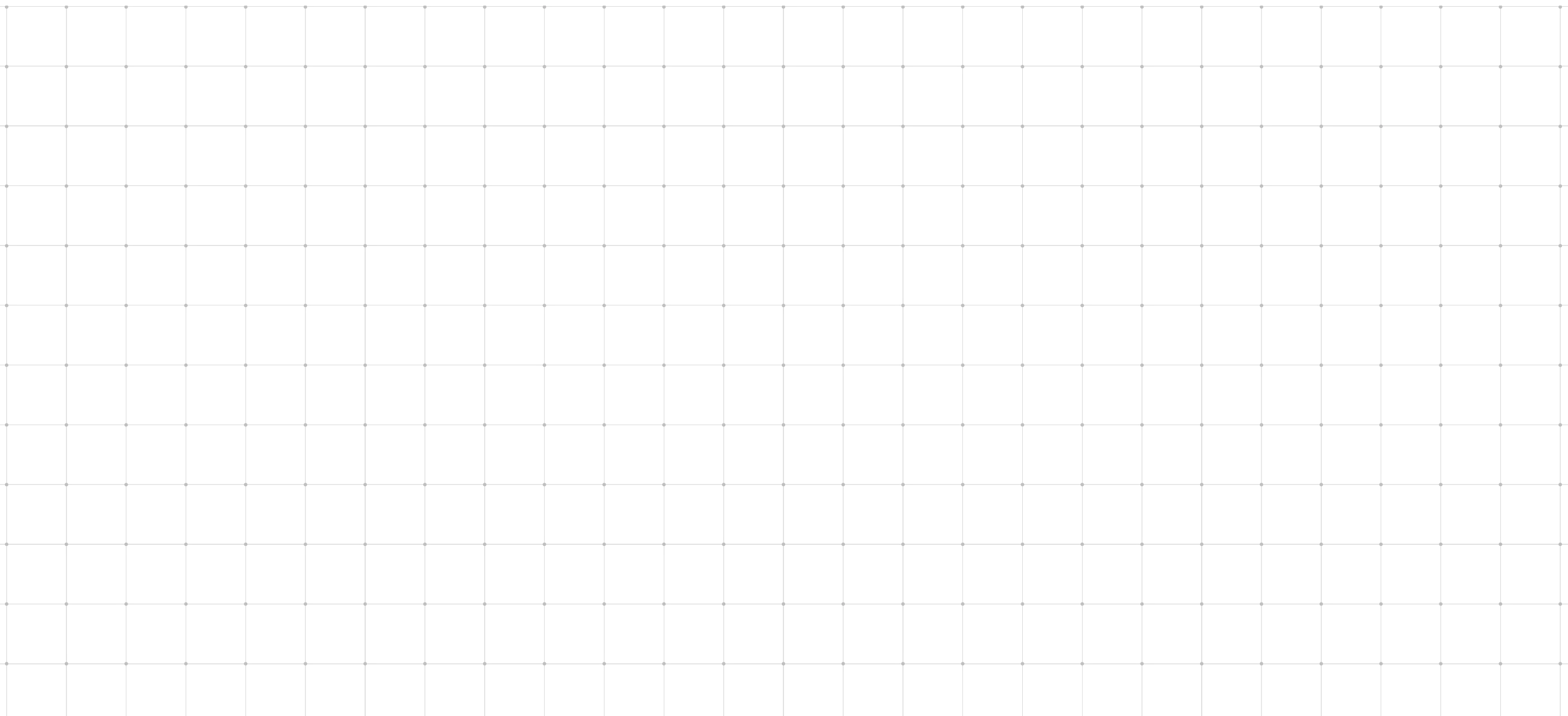
Brickwork Thermal Breaks for Façade Systems
Why Brickwork Support Systems Matter for Energy Efficiency
When designing a building with energy efficiency in mind, the choice of brickwork support system plays a critical role in minimising heat loss. An effective structural system not only supports the thermal performance of the building but also contributes to the overall aesthetic quality of the façade using innovative technologies.
Jonathan Shaw, Managing Director of Armatherm™, a specialist in thermal break solutions, discusses the importance of thermal breaking within brickwork support systems and why architects should prioritise this aspect in construction projects.
The Importance of Structural Integrity in Brickwork Systems
While aesthetics are often a key focus for architects, structural effectiveness is equally vital. A well-designed brickwork system should provide thermal efficiency alongside visual appeal. Unfortunately, the potential thermal weaknesses in these systems are often overlooked. The mechanical fixings used in brickwork support systems and curtain wall cladding can penetrate the insulation, causing significant energy loss.
However, this issue can be easily addressed through the implementation of a thermal break solution, which ensures the thermal isolation of the building, ultimately reducing energy costs.
How Armatherm™ Enhances Thermal Isolation
A typical brickwork system may have hundreds of insulation penetrations on a single wall, leading to substantial heat loss. A thermal break material like Armatherm™ can resolve this issue by providing strength and insulation properties in one solution. Armatherm™ is made from an inert, ultra-high density, closed-cell polymer, offering a high load capacity while maintaining excellent thermal insulation properties.
This material not only isolates temperature transfer but also provides the necessary strength to withstand structural forces. Additionally, it is waterproof, ensuring the material retains its thermal properties over time.
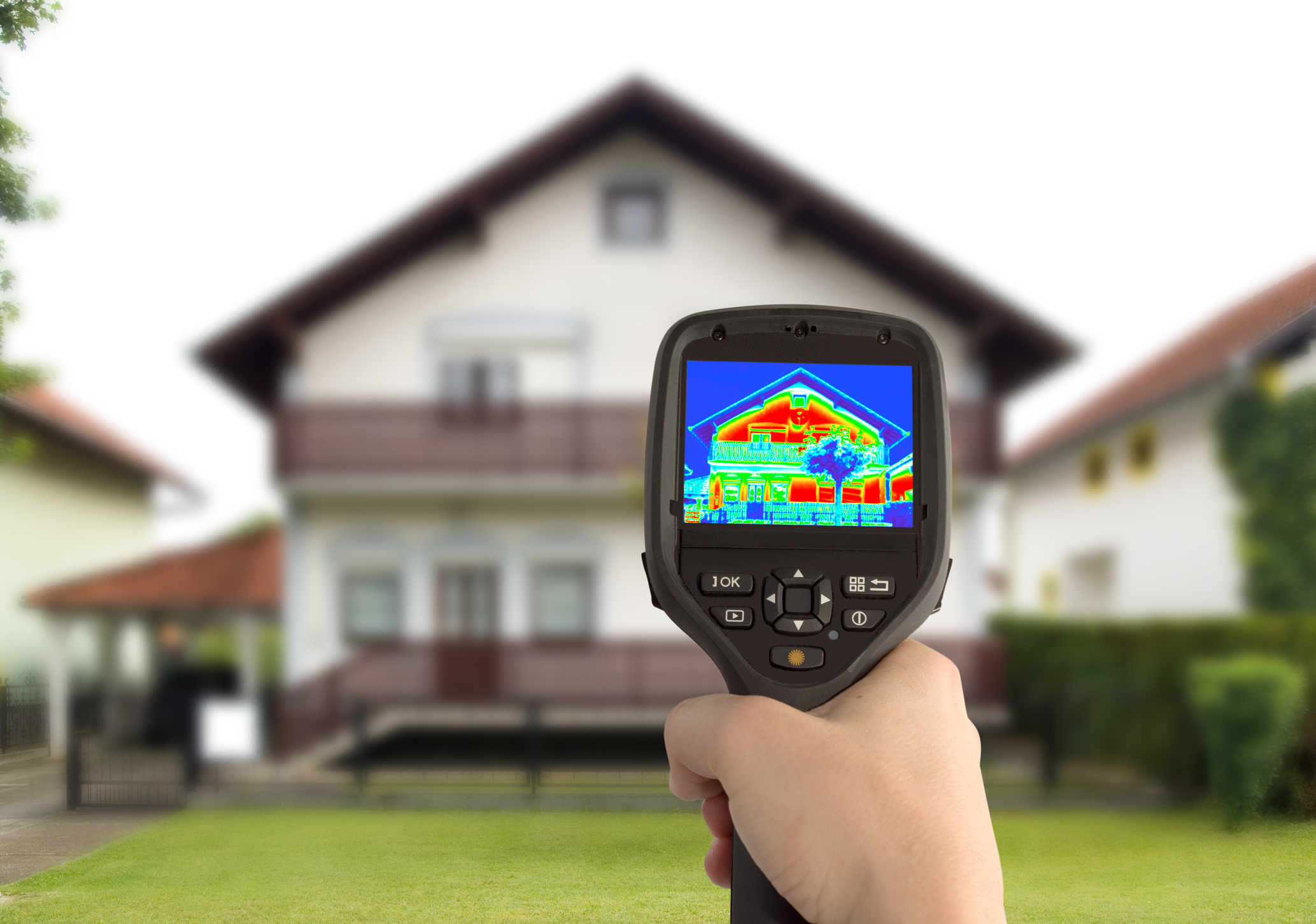
Simple, Effective Installation with Long-Term Benefits
When installed in brickwork support systems or curtain walls, Armatherm™ material is shaped into a pad and profiled to match the clamp area of the bracket.
This innovative installation method allows for quick application without removing the clamp bolt. Armatherm™ has a very low thermal conductivity, which effectively isolates the cold steel from the interior environment. This prevents heat from escaping the building and ensures that cold does not penetrate the indoor spaces.
Additionally, Armatherm™ prevents bimetallic corrosion, a common issue in building construction where contact between different metals leads to accelerated corrosion. By acting as a barrier, Armatherm™ eliminates this risk and ensures long-term durability.
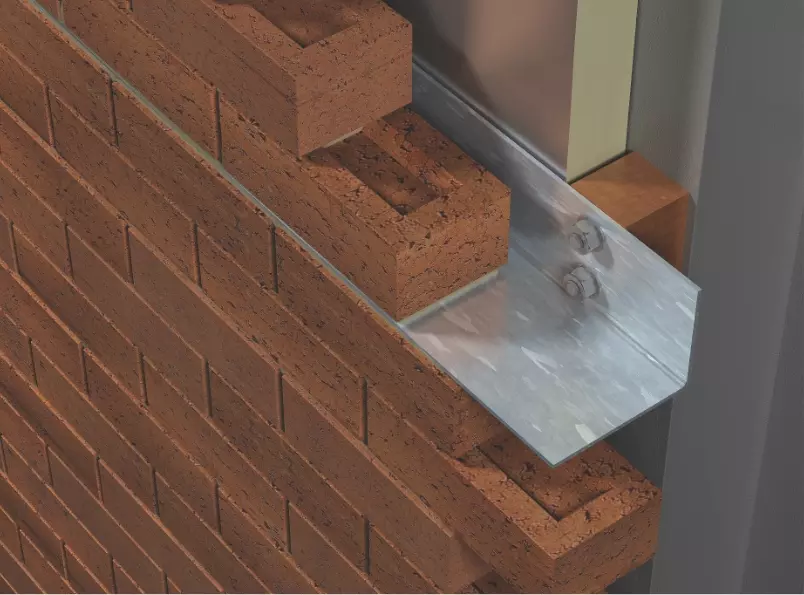
The Benefits of Thermal Breaking in Modern Construction
The inclusion of thermal breaks and advanced brickwork engineering offers significant benefits, both in terms of energy efficiency and the final visual impact of a building. As architects continue to collaborate with developers to create sustainable and visually stunning buildings, understanding the latest technologies is more important than ever.
Surprisingly, a simple yet highly effective thermal break solution can reduce overall energy costs and enable architects to achieve remarkable designs.
Armatherm™ is a perfect example of how thermal solutions can play a crucial role in the success of major construction projects.
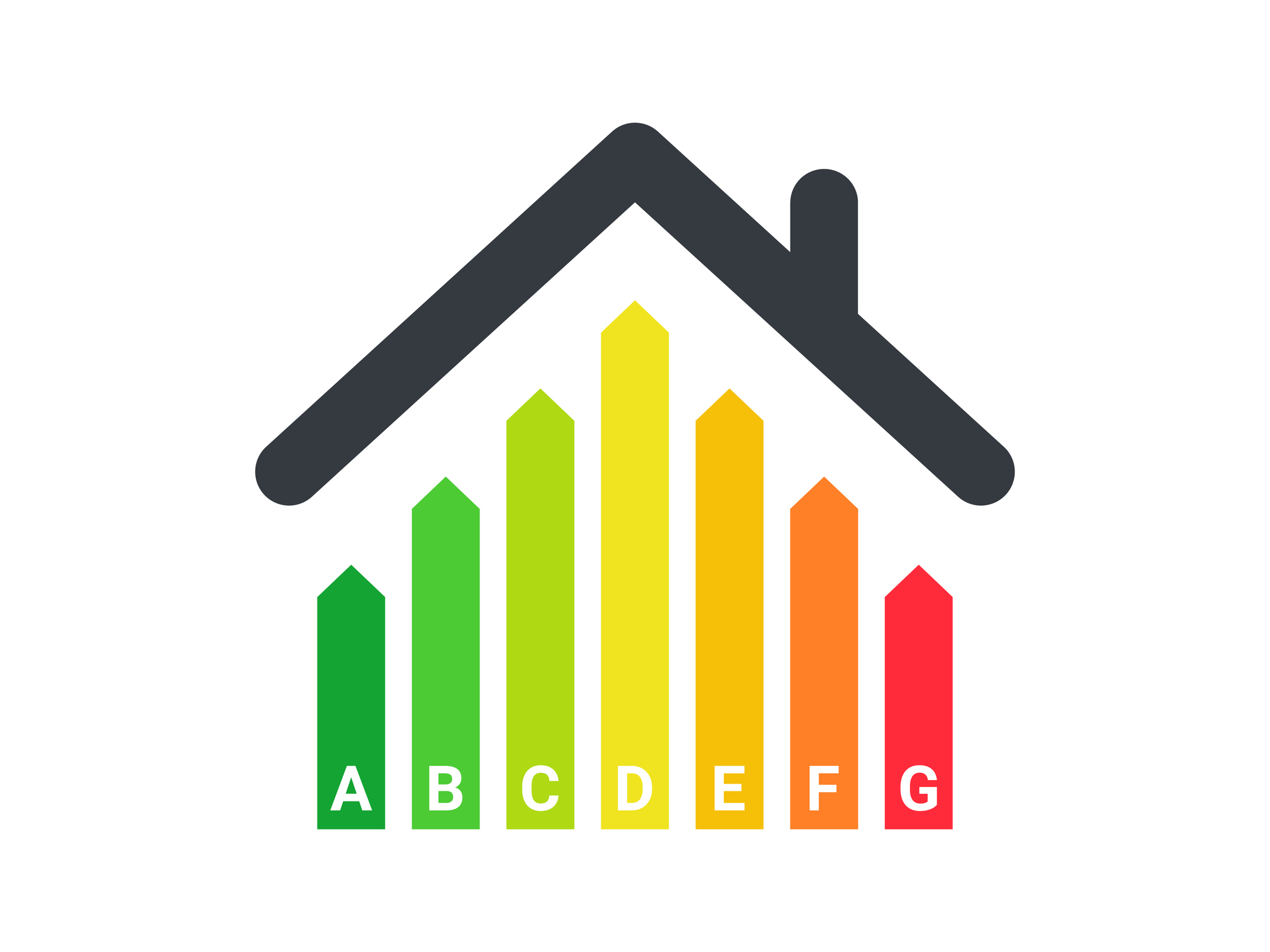
Other Articles& Projects
Armatherm upcoming events in 2025
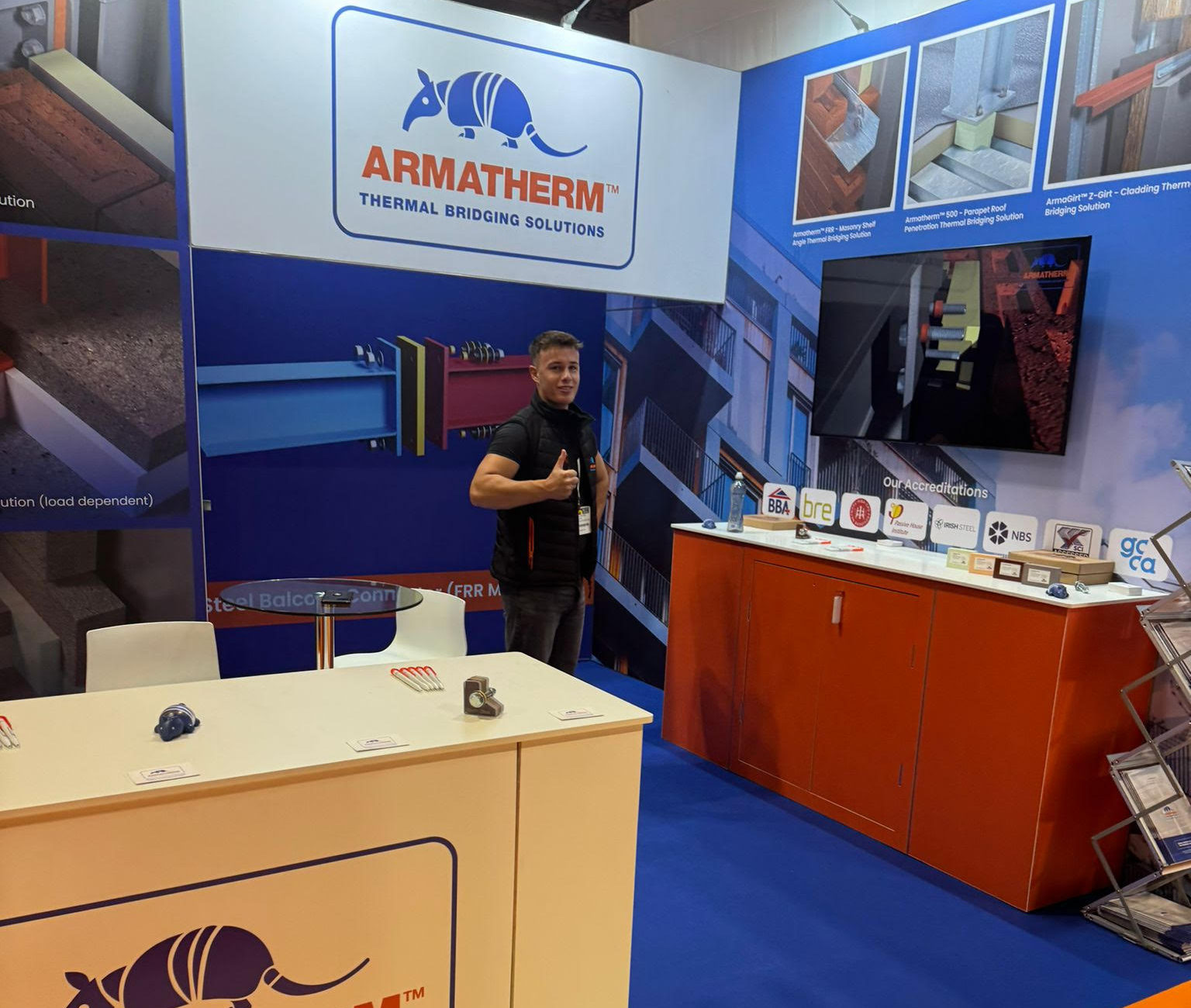
Armatherm announces expansion with the opening of a third office
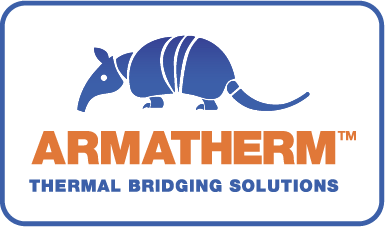
Solving Thermal Bridging Challenges with Armatherm™

Thermal Breaking in Brickwork Support Systems

Why Thermal Breaks Remain Safe Without Being Non-Combustible

Why stronger isn’t always better: Choosing the right thermal break for your construction project
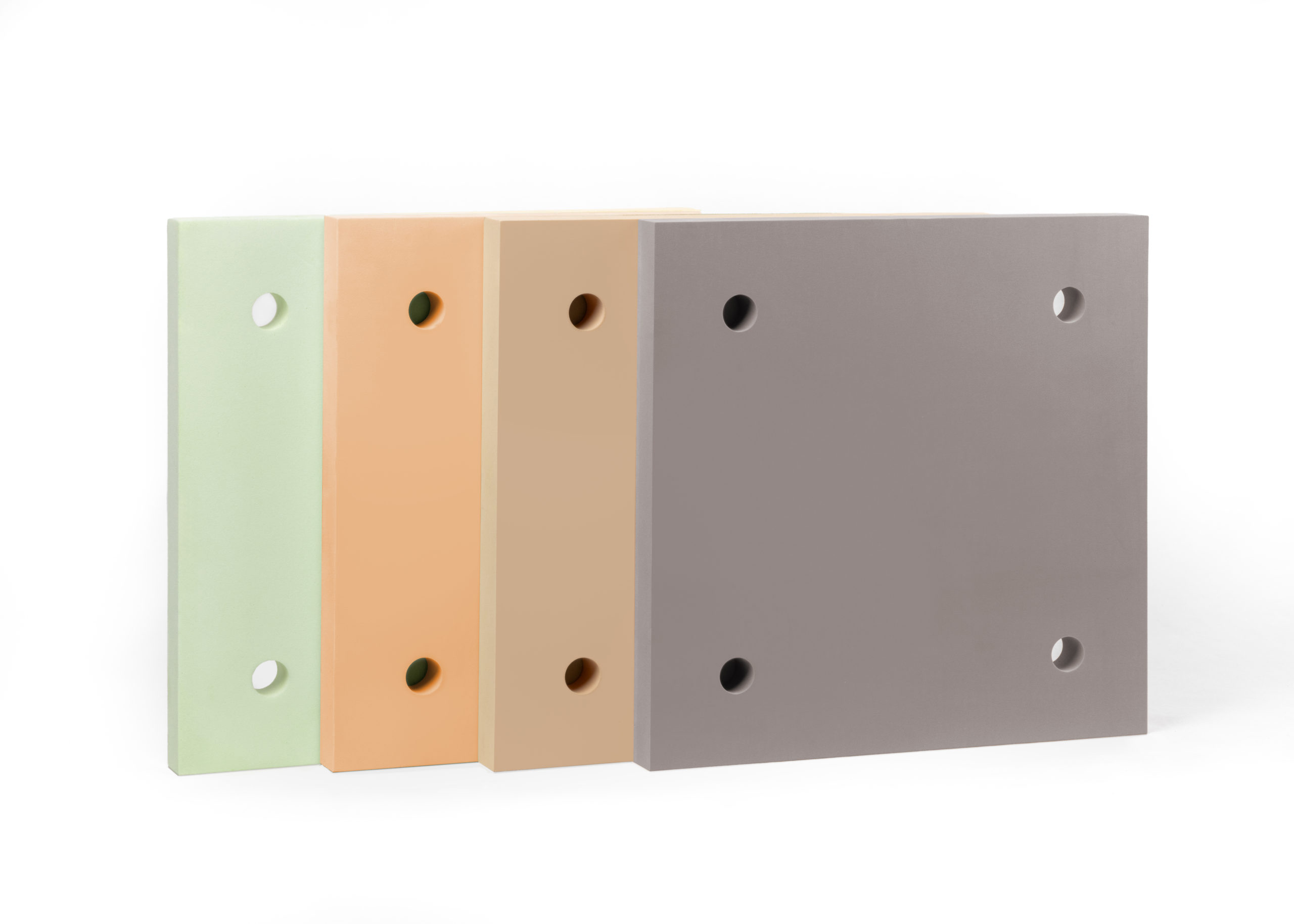
Thermal Breaking in Cladding and Modern Construction: A Key to Energy Efficiency
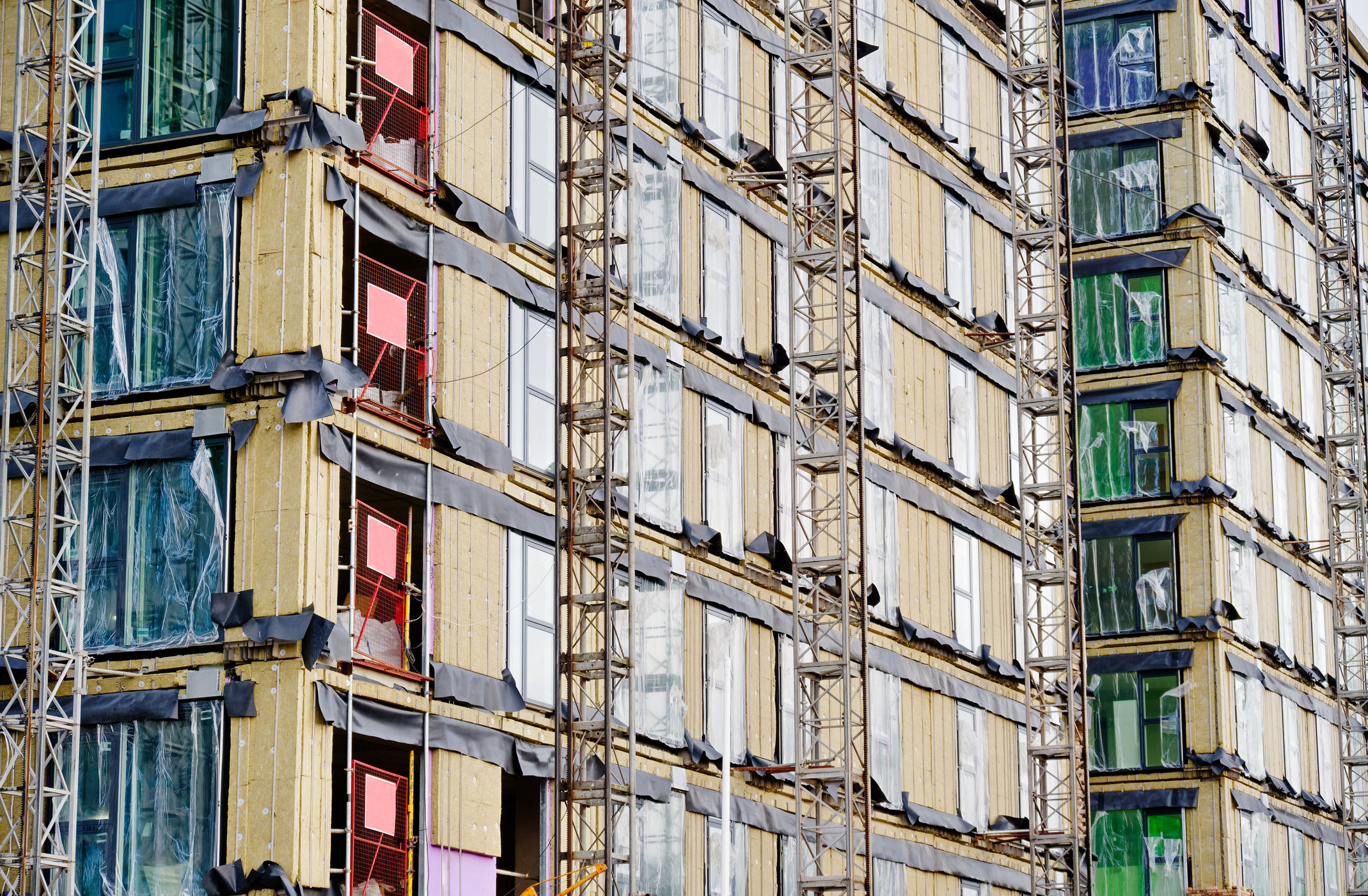
The Impact of Thermal Bridging on Indoor Air Quality
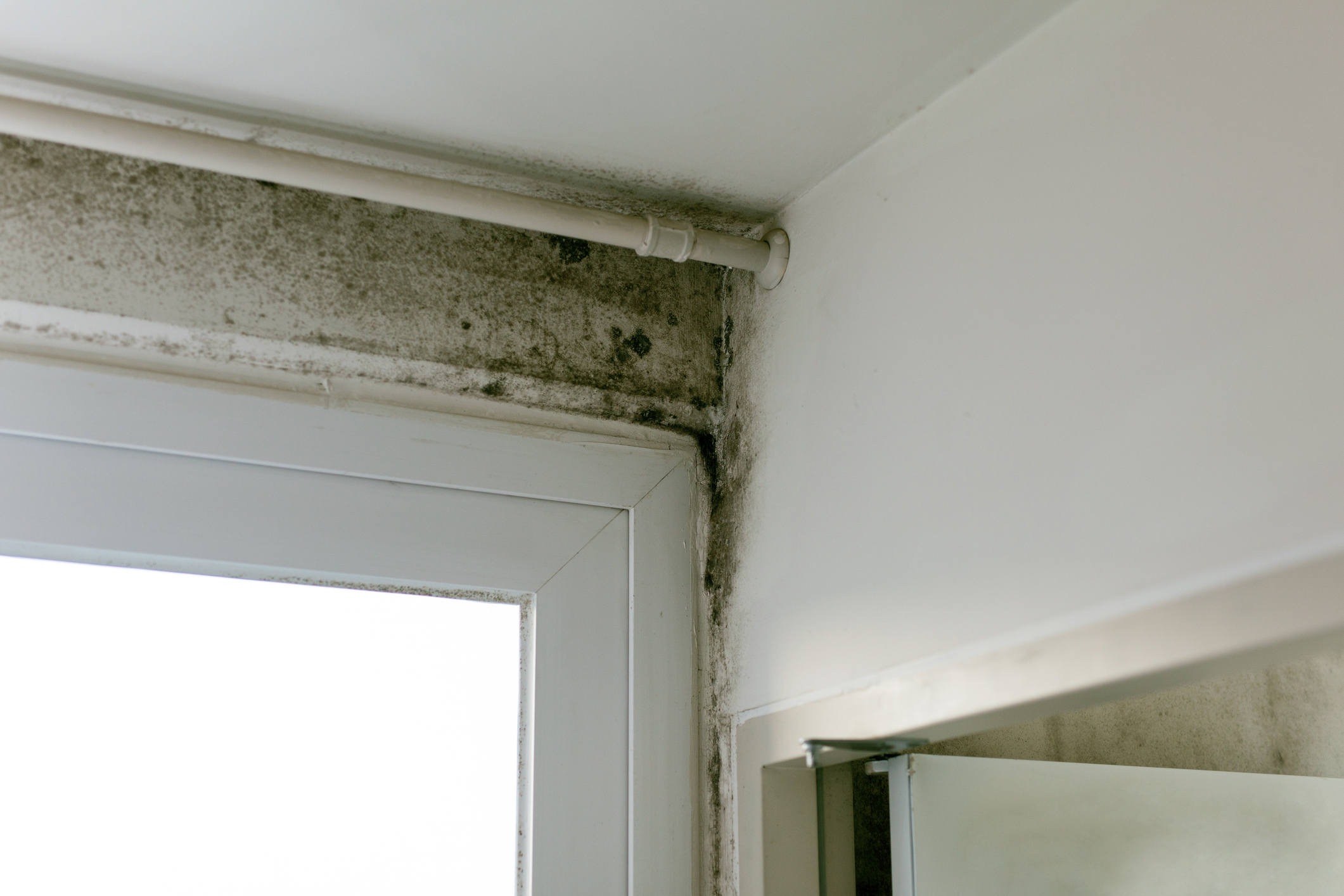
Meeting Net Zero with Innovative Construction Solutions

